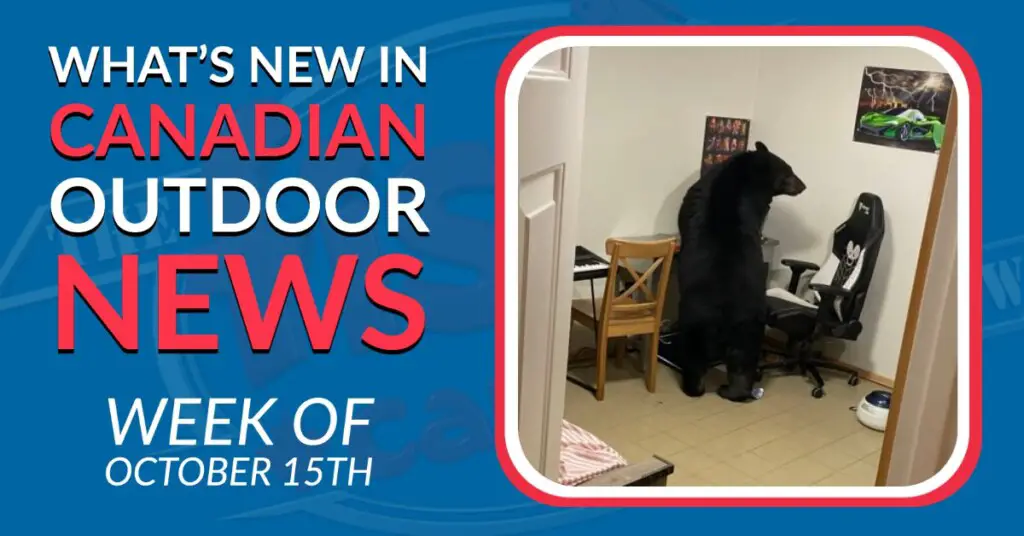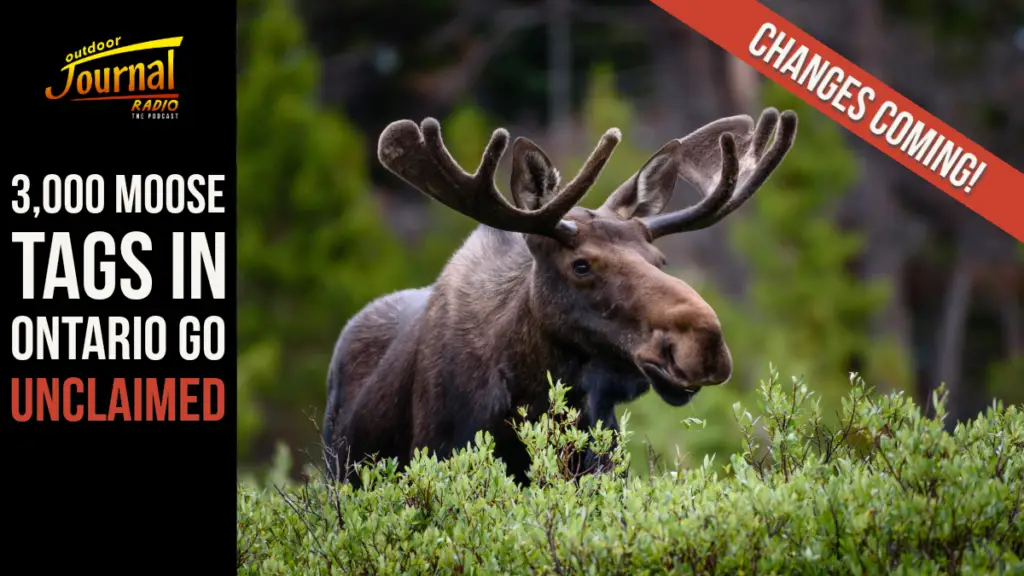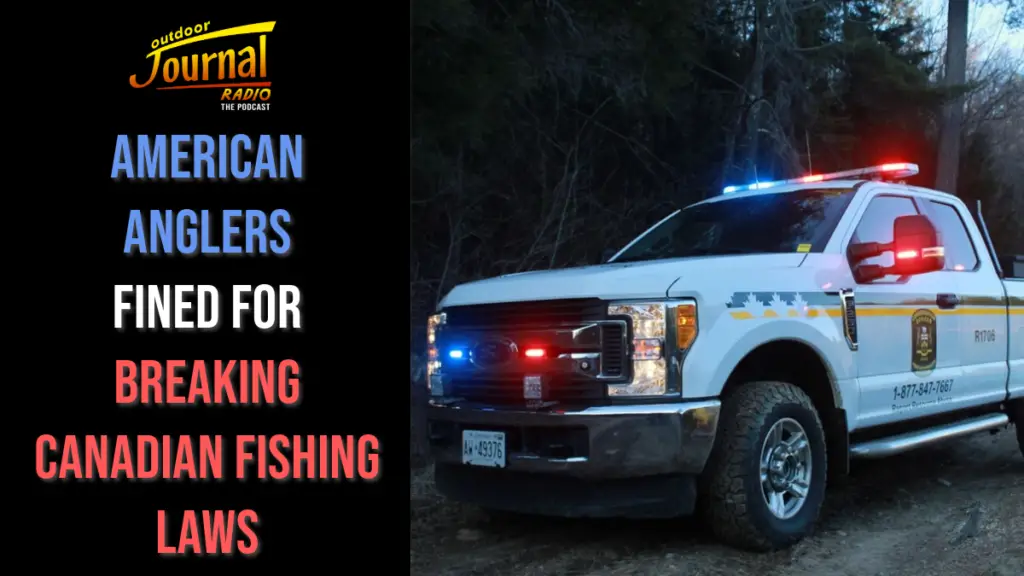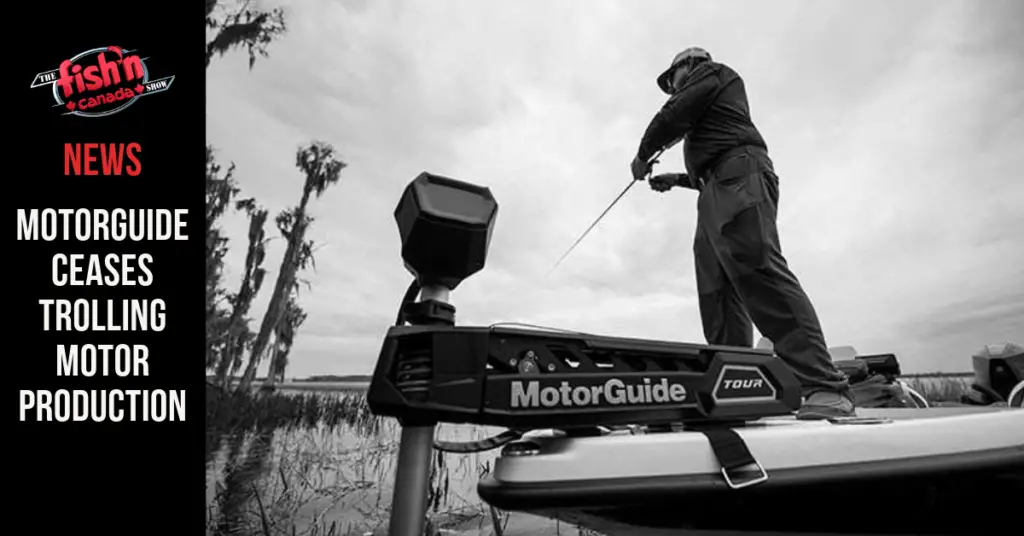The Stories that Matter and the Fuel to your Bar Banter – Canadian Hunting and Fishing News from the Week of October 15th, 2021
Although news has never been so abundant, finding relevant and reliable stories has never been more difficult. Thankfully, Fish’n Canada has you covered. From bear break-ins to boar invasions, here is everything you missed this week in the world of Canadian hunting and fishing!
1- New Brunswick’s Atlantic Salmon numbers hit 30-year high

Our first story this week comes from New Brunswick where the endangered wild Atlantic Salmon population in the inner Bay of Fundy has reached a 30 year high.
According to Parks Canada aquatic restoration research chair, Kurt Samways (via CTV News), over 100 Atlantic Salmon have been observed returning to the rivers of Fundy National Park and over 4,000 smolts are projected to make their way out to the ocean. While those in Chinook country may scoff at these figures, the return of these fish is extremely encouraging for those who have been monitoring this struggling population as it has hovered on the verge of extinction now for decades.
The recovery of this salmon population is largely thanks to a conservation effort known as the Fundy Salmon Recovery Project. According to Samways, the project has achieved its promising recovery through collecting salmon smolts and transporting them to a marine conservation farm on Grand Manan Island where they grow to maturity. Once mature, these fish are brought back to the river where they spawn, setting the groundwork for the wild population that is now re-establishing itself within the park.
2 – Black Bear breaks into Fort McMurray home
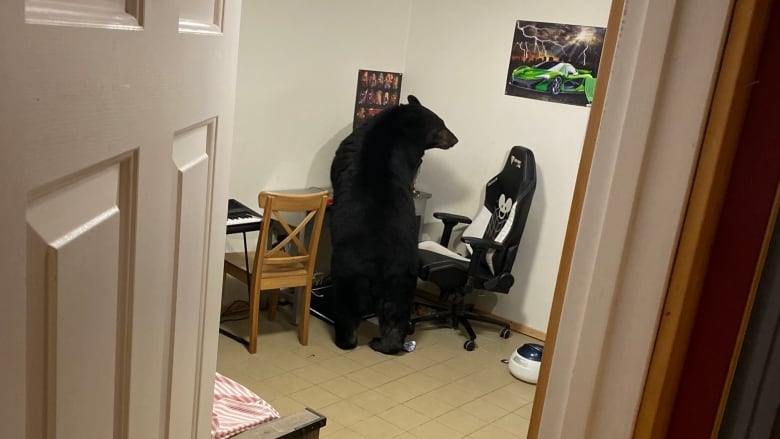
With snow flying throughout much of northwestern Canada, many westerners have likely been forecasting the end of bear season. In Fort McMurray, however, a family was reminded, up close and personal, that it is not time for hibernation quite yet.
As heard on CBC Edmonton Radio, Sean Reddy was at home with two of his sons when his dog’s barking alerted him to a Black Bear that had gotten into his garage. Being a relatively common occurrence in northern Alberta, Sean made his way into the house to let his son know of the bear and they both stood outside and watched as it left the garage and slowly wandered off towards the side of the house.
Thinking the bear had made its way back into the woods, Sean and his son were just about to go back inside when his youngest son came rushing out the front door complaining of scratching sounds coming from down the hall. Running back into the house to investigate, the near 600lb Black Bear from the garage was now standing, calm as could be, in the hallway of the Reddy’s home.
After a quick tour of the house, the bear wandered into one of the bedrooms, providing Sean with the chance to close the door and create barriers made from furniture to guide the bear back the way he had come. Not before eating, and smashing, a half-finished bowl of cereal, the bear eventually made his way back outside as if nothing at all had just occurred.
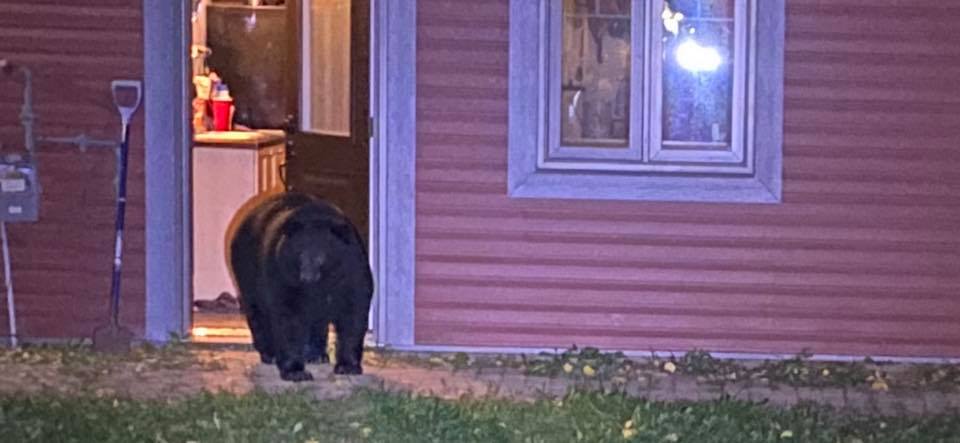
3 – Warming lake temperatures to threaten northern Walleye populations

Our third story this week comes to us from south of the border, however, its potential implications in the north should have the attention of anglers throughout Ontario.
According to the Northern Climate Adaptation Science Center, the number of Wisconsin lakes that are able to support walleye is projected to fall from 10% to less than 4% by the end of the century. These numbers are based on the troubling warming trend that these northern lakes have been experiencing over the last 30 years – a trend that is not projected to slow down anytime soon.
So why should this matter to Ontarians?
For those who have never travelled through the midwestern United States, or are not fond of maps, Wisconsin lies north of much of Southern Ontario and its geography is strikingly similar to what we find in our province’s northwest. Similarly, the warming trend that the state is seeing does not halt at the border and many of Ontario’s most prized walleye waters are seeing the same concerning temperatures.
As identified in the Wisconsin report, this warming is likely to lead to a significant decrease in suitable walleye lakes throughout the province as things continue to warm and these cold-water species continue to lose habitat to those that can tolerate the warmer conditions. In fact, in the same time period that walleye habitat is supposed to fall by more than 50%, that of Largemouth Bass is projected to rise dramatically as their ability to tolerate temperatures in the high 70s and 80s is much better than their cold-water counterparts.
Though there is little that anglers can do to combat this trend, governments in both Canada and the United States are surely keeping a close eye on this trend as stocking efforts and fishery management continue to adapt to our fast-changing climate.
4 – B.C closes the legendary Skeena watershed to Steelhead angling
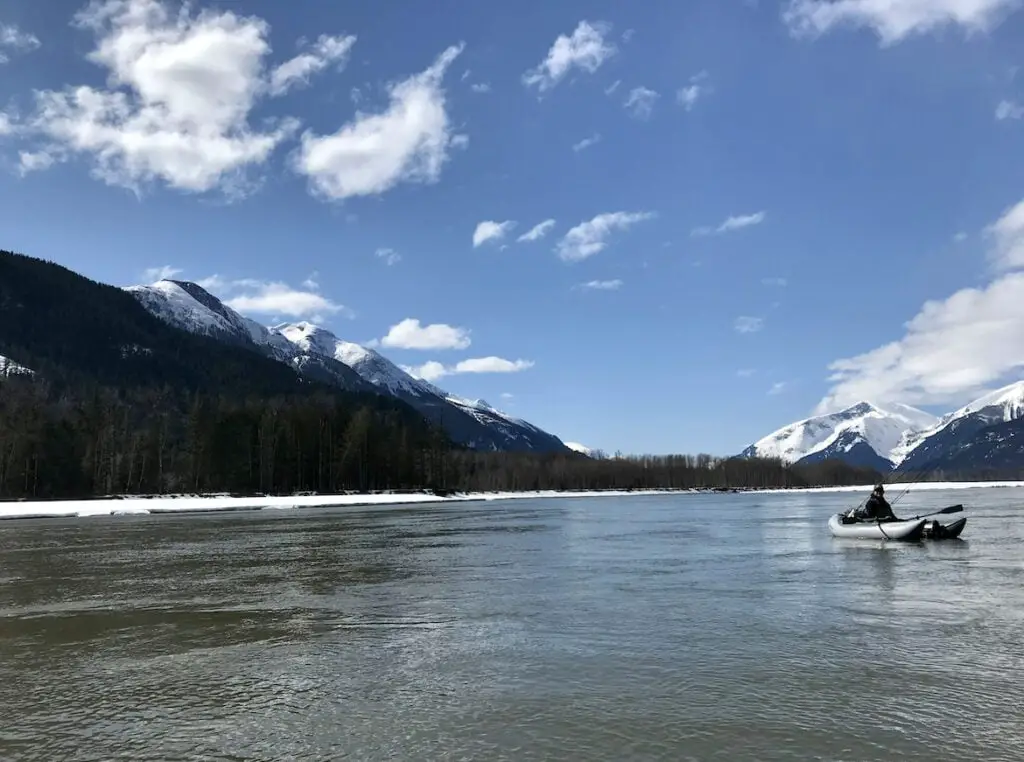
The dreaded closure of the Skeena watershed officially kicked in this Monday, much to the chagrin of Steelhead anglers across the province.
The prospect of a full closure has been looming over the Skeena Region for months as authorities reported the lowest numbers of returning Steelhead in over 65 years. As a result, this once-famous Steelhead fishery has now been labelled an Extreme Conservation Concern Zone by the Ministry of Forests, Lands, and Natural Resources.
Foreshadowed by bait bans that came into effect on the Skeena in early September, the river will now be fully closed to Steelhead angling from October 12th to, at least, December 31st. This closure will also encompass all the river’s tributaries, including the Morice, Bulkley, and Telkwa.
5 – Wild Boar spotted, for the first time, in Alberta’s Elk Island National Park
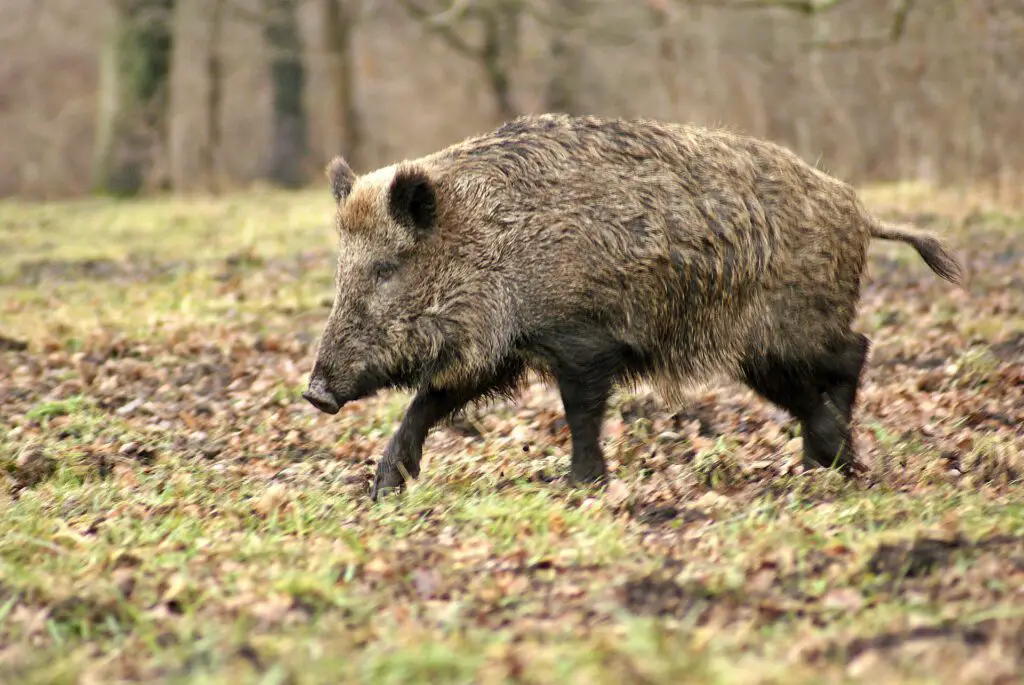
Our last story of the week revolves around another invasive species that has begun its rapid spread throughout Canada – the Wild Boar.
Having already completed its takeover of the United States, the wild boar is beginning to establish itself across Canada – its most recent migration occurring in Elk Island National Park in central Alberta. As reported on Sunday by CTV News in Edmonton, at least one pig has been confirmed in the park and authorities are currently investigating how many others could have made the trek along with it.

As seen in the map above, the wild boar invasion has exploded in the west over recent years and has a firm hold in Saskatchewan and Alberta. This is primarily due to a project in the 90s that saw the animal imported to Saskatchewan in an attempt to diversify farming operations – animals that soon escaped and began their spread.
Today, Alberta has sightings in over 28 counties and Saskatchewan, according to lead wild boar researcher at the University of Saskatchewan, Ryan Brook, is “… on track to have more wild pigs than people…”
Fortunately for hunters, this could mean some new opportunities will be coming our way as governments seek ways to stop the spread of this destructive species. And when that day comes, be sure to check out the Eating Wild section of the website for some excellent Wild Boar recipes.
Have a story we missed? Send us an email at [email protected]




